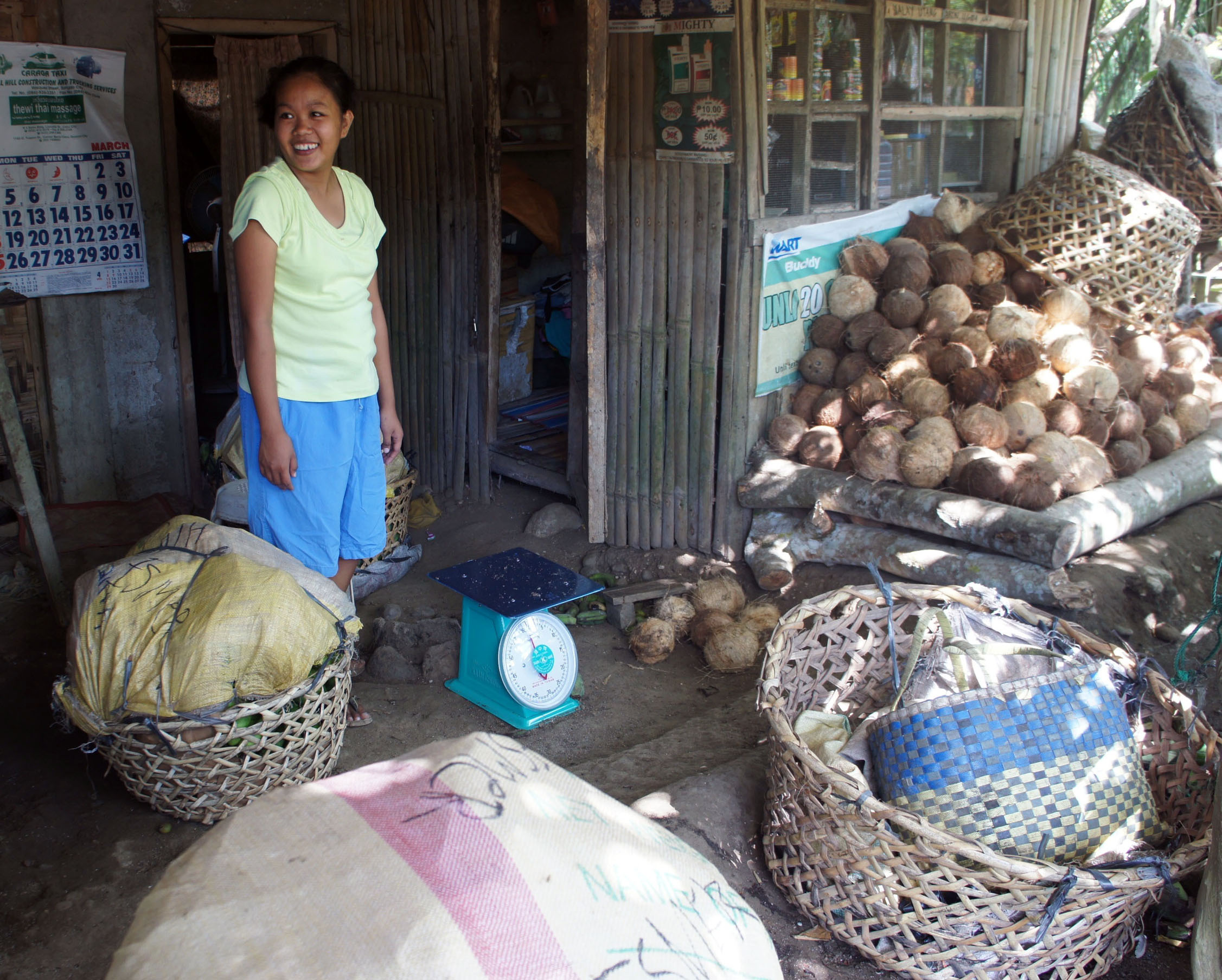

Filipino youth who can’t find work start their own

By Roche M Angon
Merly Ybanez dropped out of college in 2008 because her parents could no longer pay her school fees. Her father had fallen ill, and her mother had become the family breadwinner, buying and selling agricultural products. As the youngest of six children, Merly helped her parents with the daily household chores.
To keep herself busy, she volunteered at the local church in her hometown in Agusan del Sur, in the southern Philippines, but soon became bored and moved to a nearby city to work as a domestic worker so that she could save to finish her education.
“I may have reached a college level but I found it difficult to get a better job. I knew I was not qualified because the employers require college graduates,” she said.
Merly is one of a booming generation of young Filipinos entering a labour market that does not have enough jobs for them. Some 1.46 million young people were unemployed in 2010, half of them with secondary school educations and 40 % with college degrees.
Youth-led businesses
Merly’s real ambition -- inspired by her mother’s example -- was to start her own small business. Her fortunes changed when she learned through a community radio broadcast about a UN-supported entrepreneurship training course for out-of-school youth.
“I believed it is better to have a training first before getting into a business to ensure success,” says Merly, one of eight young people from her hometown selected to take part in “Start and Improve Your Business (SIYB)”, a training programme of the International Labor Organization financed by the MDG-Fund.
“I learned how to generate and prioritize business ideas based on the local resources of my community and how to take advantage of the opportunities present,” says Merly, who drafted a business plan to buy and sell crops such as sweet potato, banana, coconut and vegetables that are abundant in Agusan del Sur. The programme gave her a starter kit to help her establish a microenterprise, and taught her how to get a loan from a local microfinance institution.
The entrepreneur training is part of an MDG-F-supported joint programme to improve education and work prospects for young people like Merly, and for the millions of Filipino youth in vulnerable employment working for low wages and no benefits. One of its main goals is to provide an alternative for the many young Filipinos who migrate abroad in search of decent work.
For Merly, who is expecting a baby, the training has proved invaluable. Now on a third cycle of her loan, Merly has expanded her enterprise to include a variety store and loading station.
“My small business will help me a lot especially now that I am pregnant. As a young mother, I need to focus on supporting my child,” she says, adding: “I still aspire to go back to school.”
Alternatives to Migration
The joint programme “Alternatives to Migration: Decent Jobs for Filipino Youth” involved four UN agencies (ILO, IOM, UNICEF and UNFPA) in supporting the Philippine government’s vision of a productive and competitive youth.
Its aim was to increase access to decent work for disadvantaged young women and men in the country’s poorest areas, and improve policies on youth employment and migration by encouraging the participation of all stakeholders in the process.
The programme was part of the MDG-Fund’s efforts to help governments achieve the Millennium Development Goals (MDGs), including eradicating extreme poverty and hunger, promoting gender equality and empowering women, and developing a global partnership for development. The Joint Programmes focus particularly on improving life for the world’s most marginalized people.
“Alternatives to Migration” was implemented in four provinces with the highest incidences of out-of-school youth and poor youth, where the MDGs are least likely to be achieved – Masbate, Antique, Maguindanao and Agusan del Sur. Along with vocational and technical training, the programme has provided training and materials on life skills and safe migration to teachers, out-of-school youth, local partner organizations and thousands of secondary schools. Hundreds of at-risk high school students have been given educational subsidies to reduce drop-out rates in public schools.